Home / Albums / Ancient / Ancient Greece 93

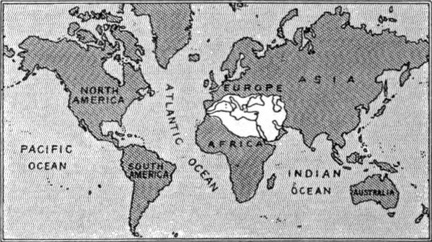 The World as known to its first historian
The World as known to its first historian Grecian
Grecian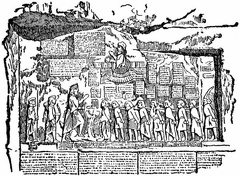 Insurgent Captives Brought Before Darius
Insurgent Captives Brought Before Darius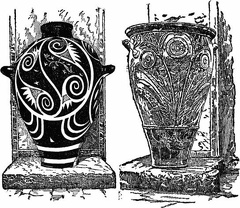 Two Cretan Vases
Two Cretan Vases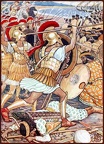 They crashed into the Persian army with tremendous force
They crashed into the Persian army with tremendous force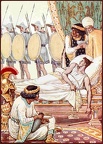 With an effort he looked at them as they passed
With an effort he looked at them as they passed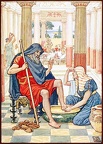 Yea, verily, thou art Odysseus
Yea, verily, thou art Odysseus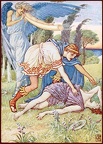 The Wind-god sent a gust from the South
The Wind-god sent a gust from the South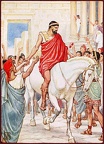 The multitude saluted him with loud acclamations
The multitude saluted him with loud acclamations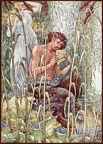 Sweet, piercing sweet was the music of Pan’s pipe
Sweet, piercing sweet was the music of Pan’s pipe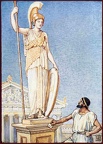 The figure of the goddess was a colossal one
The figure of the goddess was a colossal one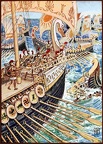 Ship dashed against ship, till the Persian dead strewed the deep ‘like flowers,’
Ship dashed against ship, till the Persian dead strewed the deep ‘like flowers,’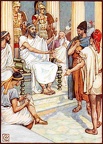 Solon, the wise lawgiver of Athens
Solon, the wise lawgiver of Athens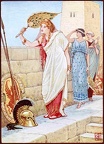 Often she would stand upon the walls of Troy
Often she would stand upon the walls of Troy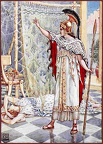 She changed her into a spider
She changed her into a spider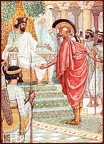 He stood silent before the king
He stood silent before the king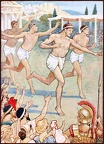 In the earliest times, a simple foot-race was the only event
In the earliest times, a simple foot-race was the only event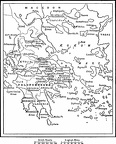 Map of Greece
Map of Greece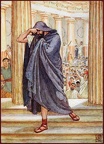 He left the assembly, hiding his face in his cloak
He left the assembly, hiding his face in his cloak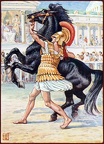 He ran toward the horse and seized the bridle
He ran toward the horse and seized the bridle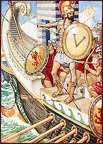 He became a target for every arrow
He became a target for every arrow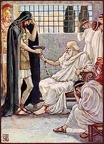 He drank the contents as though it were a draught of wine
He drank the contents as though it were a draught of wine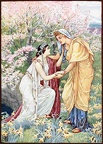 Demeter rejoiced for her daughter was by her side
Demeter rejoiced for her daughter was by her side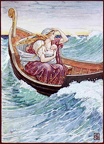 For two days and two nights the boat was tossed hither and thither
For two days and two nights the boat was tossed hither and thither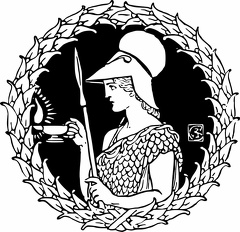 Ancient Greek
Ancient Greek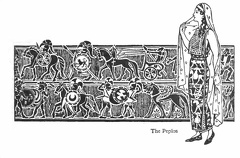 The Peplos
The Peplos Peasants (600 - 146 BC)
Peasants (600 - 146 BC) The Himation, 600-146 B.C.
The Himation, 600-146 B.C. The Kolobus, 400-146 B. C.
The Kolobus, 400-146 B. C. The Crinkled Chiton and the Clamys (left) and the Chiton (right)
The Crinkled Chiton and the Clamys (left) and the Chiton (right) The Chiton
The Chiton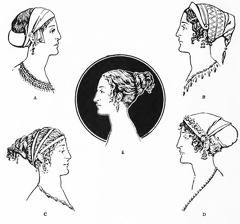 The Age of Pericles and down to the year 338 B
The Age of Pericles and down to the year 338 B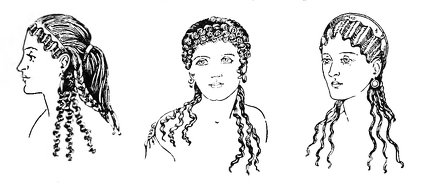 Hairdressing and Head-dresses 600 BC - 146 BC
Hairdressing and Head-dresses 600 BC - 146 BC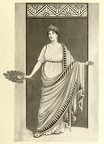 The Himtation. A garment worn in Greece and Rome between 550 B.C. and 300 A.D.
The Himtation. A garment worn in Greece and Rome between 550 B.C. and 300 A.D. The Doric Chiton
The Doric Chiton The Crinkled Ionic Chiton
The Crinkled Ionic Chiton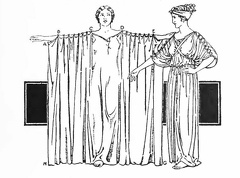 The Ionic Chiton
The Ionic Chiton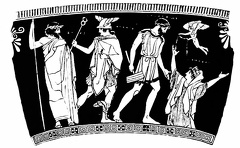 Greek costume of the Classic Period
Greek costume of the Classic Period Reducing Dislocated Shoulder
Reducing Dislocated Shoulder Reducing Dislocated Jaw
Reducing Dislocated Jaw Painting of fish on plates
Painting of fish on plates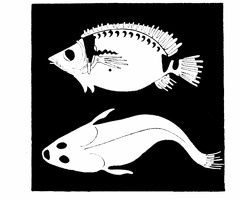 Paintings of fish on plates
Paintings of fish on plates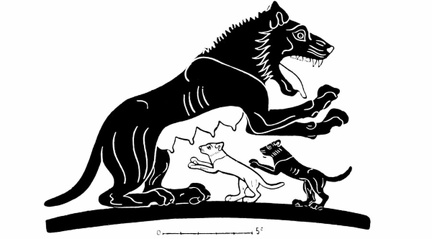 Lioness and young, from an Ionian vase of the sixth century B. C
Lioness and young, from an Ionian vase of the sixth century B. C Illustrating Galen’s physiological teaching
Illustrating Galen’s physiological teaching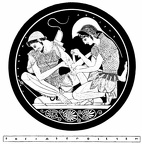 Achilles bandaging Patroclus,
Achilles bandaging Patroclus,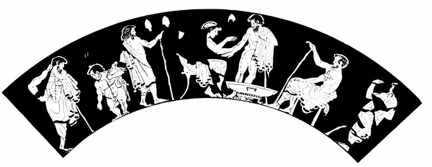 A Greek Clinic of 400 BC
A Greek Clinic of 400 BC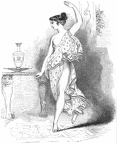 Greek Dancing Girl
Greek Dancing Girl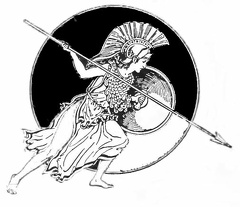 A Goddess
A Goddess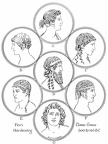 Men's Hairstyles - Classic Greece
Men's Hairstyles - Classic Greece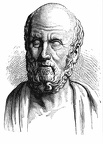 Hippocrates of Cos
Hippocrates of Cos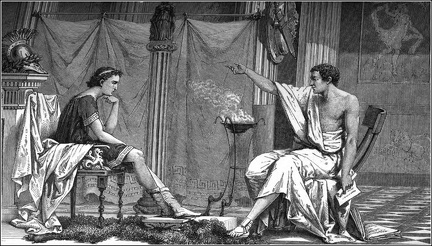 Hippocrates of Cos
Hippocrates of Cos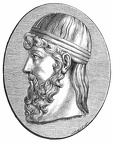 Plato (from an ancient gem)
Plato (from an ancient gem) The Gěrănŏs from a vase in the Museo Borbonico, Naples
The Gěrănŏs from a vase in the Museo Borbonico, Naples Panathenaeac dance, about the 4th century B.C
Panathenaeac dance, about the 4th century B.C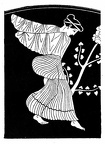 Dancing Bacchante
Dancing Bacchante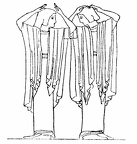 Greek figures in a solemn dance. From a vase at Berlin
Greek figures in a solemn dance. From a vase at Berlin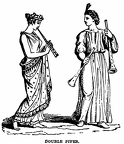 Double Pipes
Double Pipes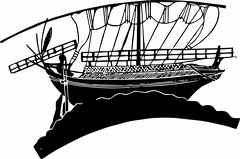 Greek merchant ship
Greek merchant ship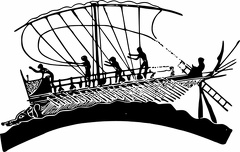 Greek war galley
Greek war galley A diaulos
A diaulos



